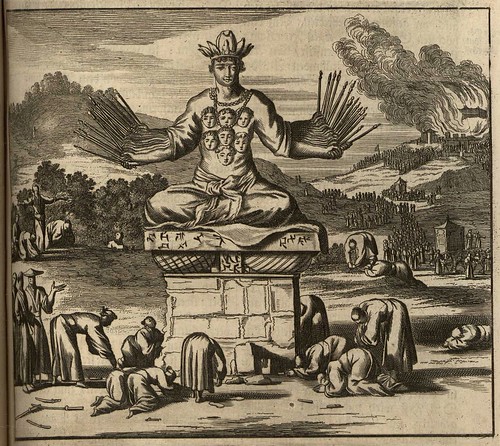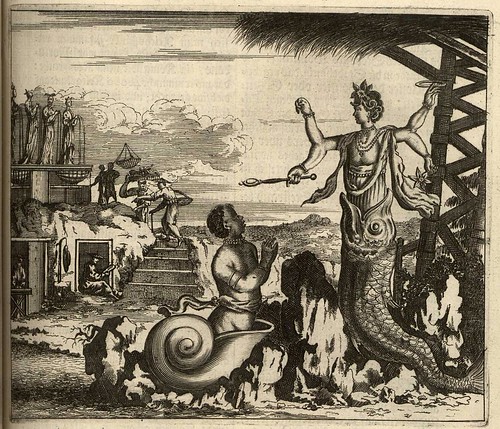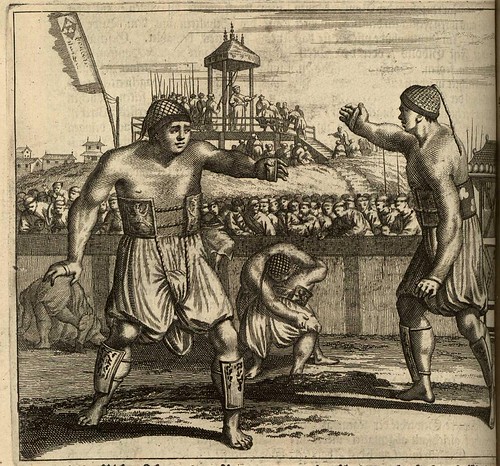Since I visited the Japanese colonial era Losheng Leprasorium in Northern Taipei last summer I have been keeping tabs on developments in the battle between government officials trying to destroy it and preservationists trying to…preserve it. Things had been looking grim when elderly wheelchair-bound residents were dragged out of their homes, but a high level apology may mean that things are getting sorted out.
Premier Liu Chao-shiuan (劉兆玄) yesterday offered an apology to patients with Hansen’s disease— also known as leprosy — for the “grievance” and “unequal treatment” they have suffered in the past, promising that his administration would take good care of their nursing and medical needs. The apology came six months after the enactment of the Act of Human Rights Protection and Compensation for Hansen’s Disease Patients (漢生病病患人權保障及補償條例), which detailed measures the government must take to care for leprosy sufferers.
[…]
“I will not accept the government’s apology, because they did not apologize for what they did to me in December,” said Lan Tsai-yun (藍彩雲), a Losheng resident who was removed by the police from the Joan of Arc House. “I asked them to give me two more weeks to pack, but they refused. They cut the power and water while I was still inside, then they cut through the door with an electric saw and took me away by force. But look, Joan of Arc House still stands there today, a month after that incident — why couldn’t they give me two more weeks?”
Here is a video from Taiwanese TV showing activists being dragged away when protesting in support of Losheng preservation back in December. At exactly the 1:00 you can actually see my friend Em having her camera taken away as the police pull her away, although I think she got it back later on.
<object width=”425″ height=”344″><param name=”movie” value=”http://www.youtube.com/v/MLoqV9lre6Q&hl=zh_TW&fs=1″></param><param name=”allowFullScreen” value=”true”></param><param name=”allowscriptaccess” value=”always”></param><embed src=”http://www.youtube.com/v/MLoqV9lre6Q&hl=zh_TW&fs=1″ type=”application/x-shockwave-flash” allowscriptaccess=”always” allowfullscreen=”true” width=”425″ height=”344″></embed></object>









